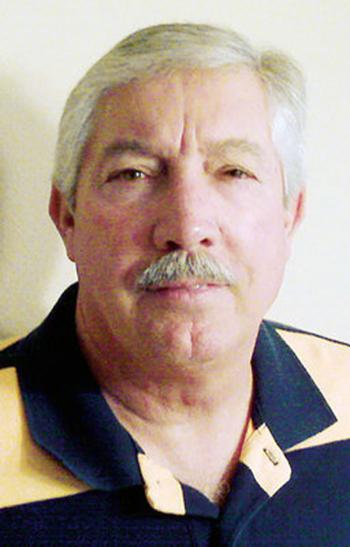
William Thibodeaux
Smallpox on the Prairies of Southwest Louisiana
Smallpox was a deadly infectious virus that ravaged human populations throughout the world for thousands of years.
Conversely, it is the only human disease to have ever been eradicated. In June 1899 during the smallpox epidemic twenty new cases were reported in the fifth ward of Acadia Parish. Dr. J.P. Mauboules of Rayne reported to Acadia Parish Board of Health President Webb a case of smallpox from the Bayou Wikoff area.
The patient was immediately sent to the “Pest House,” contaminated bedding was burned and the house was properly disinfected reported Dr. Mauboules.
During that same era according to the Library of Congress, there were eight new cases reported in Mermentau, one at the Abbott-Duson Canal, one at Ferris Canal, and one case that had originated at Crowley and somehow got shipped to Gueydan by train. Pest houses or house of pestilence, as they were named back then, were usually located outside of town, and in most cases—near a cemetery.
Crowley’s pest house was located north of Crowley. Gueydan had a “smallpox camp” located near town while Lafayette did not have a pest house at that time. However, Mr. F. Lombard offered a tract of land and improvements for $2,000. It was located one mile from town along the “Scott Road.” He agreed to $500 dollars down and the balance paid on time at eight percent interest.
The local board of health and authorities from Acadia Parish were very strict on the matter of smallpox. They weren’t taking chances in spreading the deadly virus. As a way of effectively combating the spread of smallpox, anyone showing signs of being contaminated with the deadly virus was quarantined by sending them to a pest house.
At the time there had been numerous reports of smallpox in Texas, which greatly concerned local authorities as well as the citizens of Rayne.
They were so anxious that they cautioned their citizens not to receive anyone coming from anywhere smallpox was existed and if they did take in someone and they become ill due to the smallpox virus, they would be quarantined at “their own resources.” Authorities of Rayne also said, “This town will not be dumping grounds for those who go elsewhere get sick and come here.”
As August was just beginning, it was announced that Bishop Gustave Augustin Rouxel of New Orleans would bless and dedicate the newly built Catholic Church of Rayne on Thursday, August 3, 1899, and that the former pastor, Father Branche, would officiate the ceremony. Also in the news, Dr. Young of Lafayette was making preparations against the spread of the deadly virus by proposing to the police jury that after January 15, 1900, every person attending public meetings be required to exhibit certification of their vaccination.
His proposal was defeated. The police jury did however pass an ordinance for the “destruction of articles” when a measure deemed it necessary in their efforts to stamp out smallpox.
According to Steven Parker in his illustrated history of medicine “Kill or Cure” the Variola virus attacked small blood vessels of the skin, mouth, and throat with widespread blisters filled with oozing pus.
Approximately one third of the smallpox sufferers died of the disease while survivors were left with a lifetime of scars as a constant reminder. Sometimes the survivors went blind. Historian Michael Willrich, who authored Pox: An American History, during the smallpox epidemic of 1898-1904 anyone showing signs of smallpox were hauled off to a pest house.
“People were literally dragged there against their will,” says Willrich. “Some of the most poignant scenes are when mothers are fighting with health officials to keep their children in their own homes rather than have them taken to a pest house. People at the time rightly associated pest houses with death. That’s where someone was taken to die,” added Willrich.
Public resistance to smallpox vaccination came to a head in a landmark Supreme Court decision in 1902 when it upheld the right of a state to order a vaccination for its population during an epidemic to protect the people from a devastating disease.
Everyone knew it wasn’t a panacea or cure-all and there were no guarantee that the vaccines on the market were safe and effective. On December 30, 1899, Dr. F. E. Girard, the health officer of Lafayette, was hopeful when he said the deadly virus would soon be eradicated.
The last known case of smallpox was in 1978.
- Log in to post comments
